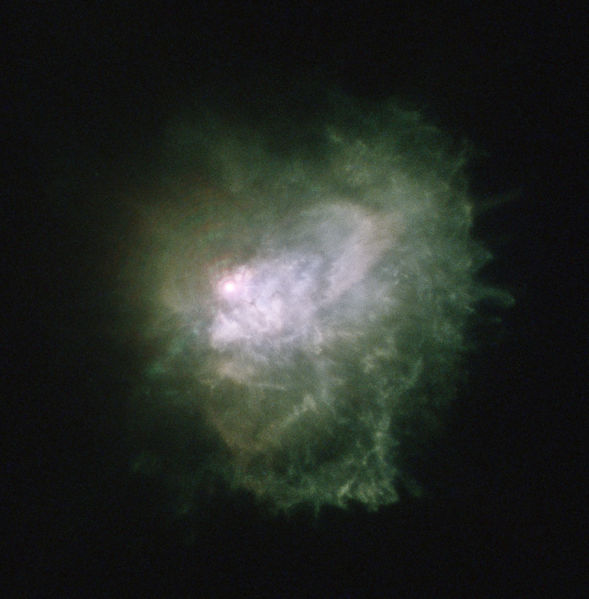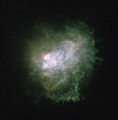Fichier:VY Canis Majoris Ejecta Shell.jpg

Gréisst vun dëser Duerstellung: 589 × 599 Pixel. Aner Opléisungen: 236 × 240 Pixel | 624 × 635 Pixel.
Original-Fichier (624 × 635 Pixel, Fichiersgréisst: 176 KB, MIME-Typ: image/jpeg)
Versiounen
Klickt op e bestëmmten Zäitpunkt fir déi respektiv Versioun vum Fichier ze kucken.
| Versioun vum | Miniaturbild | Dimensiounen | Benotzer | Bemierkung | |
|---|---|---|---|---|---|
| aktuell | 13:50, 22. Feb. 2014 |  | 624 × 635 (176 KB) | Flickr upload bot | Uploaded from http://flickr.com/photo/54209675@N00/10713189953 using Flickr upload bot |
Benotze vu Fichieren
Dës Säit benotzt dëse Fichier:
Globaalt Benotze vum Fichier
Dës aner Wikie benotzen dëse Fichier:
- Benotzt op af.wikipedia.org
- Benotzt op de.wikipedia.org
- Benotzt op en.wikipedia.org
- Benotzt op en.wikiversity.org